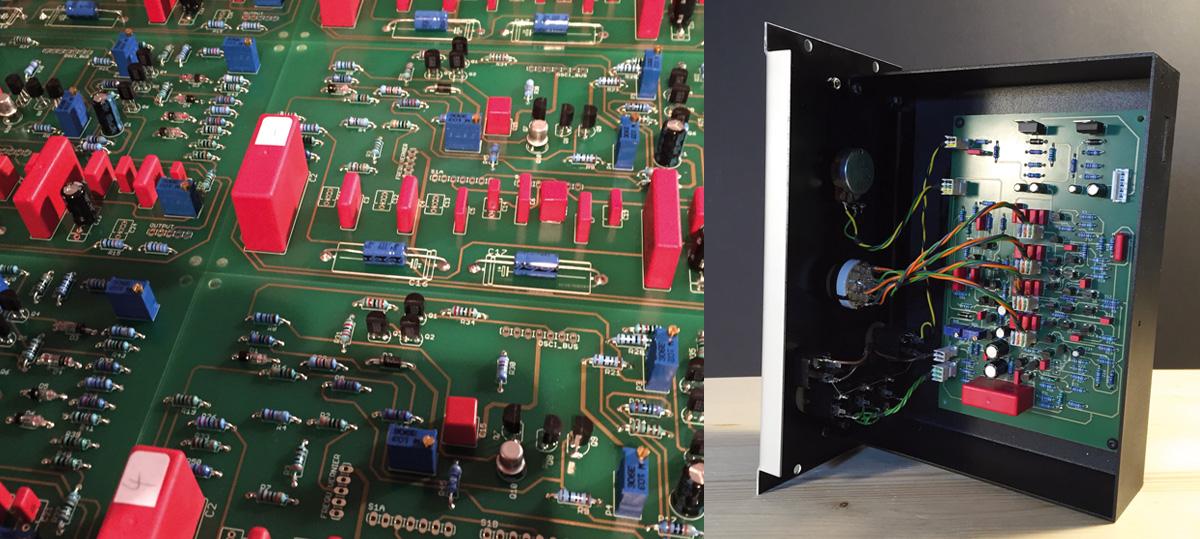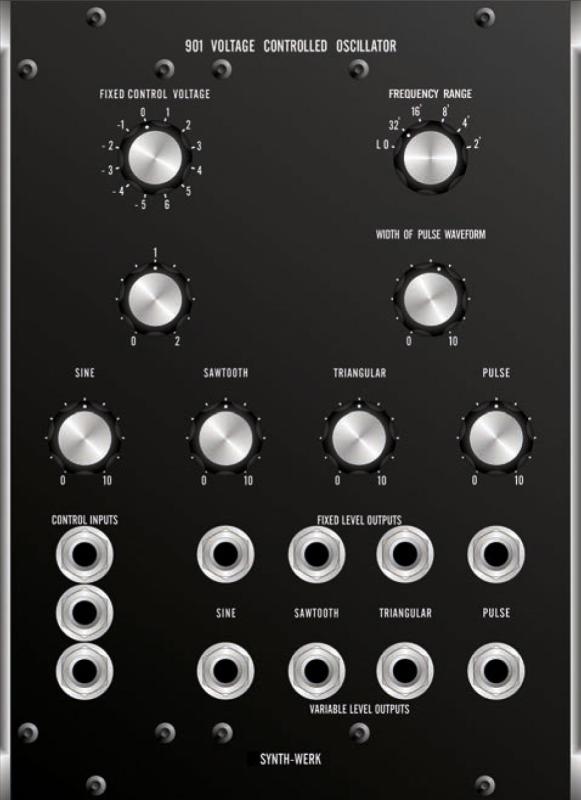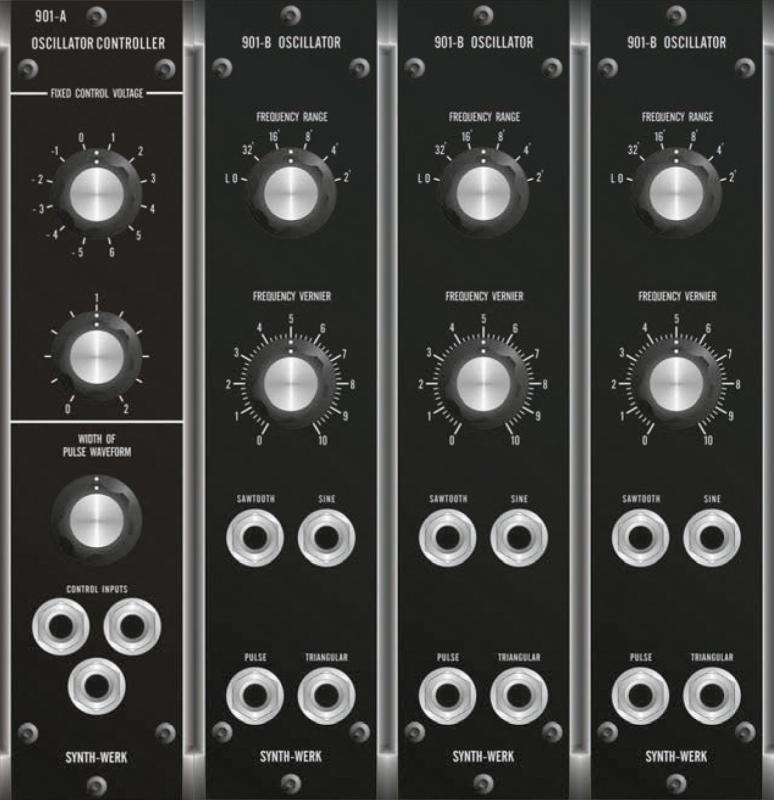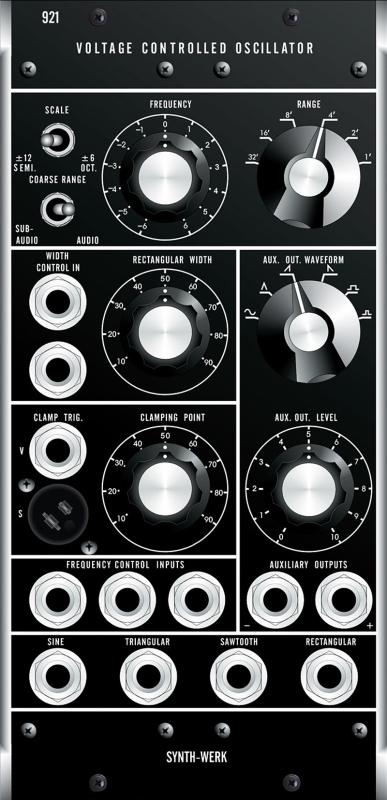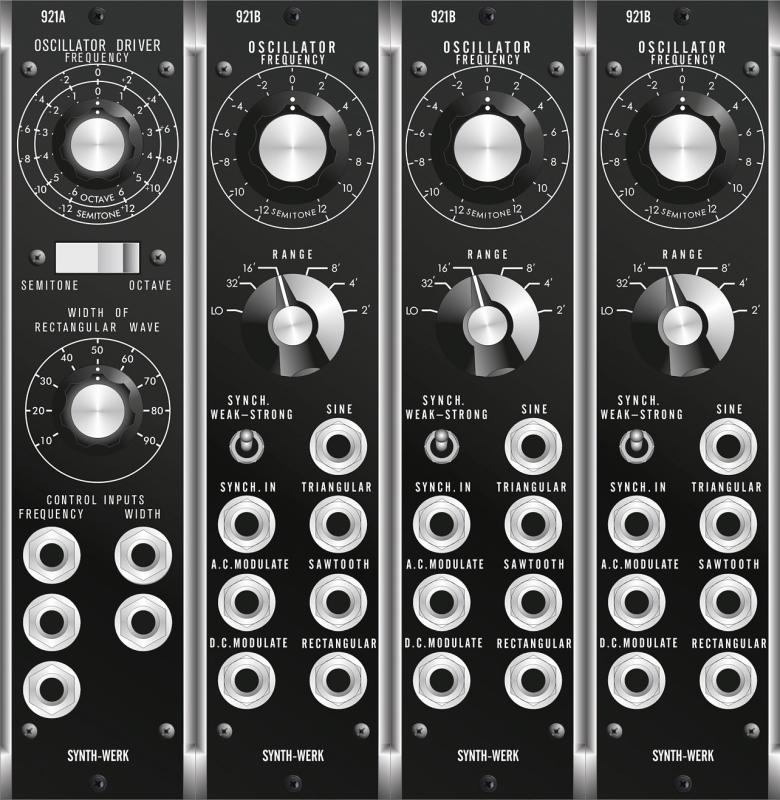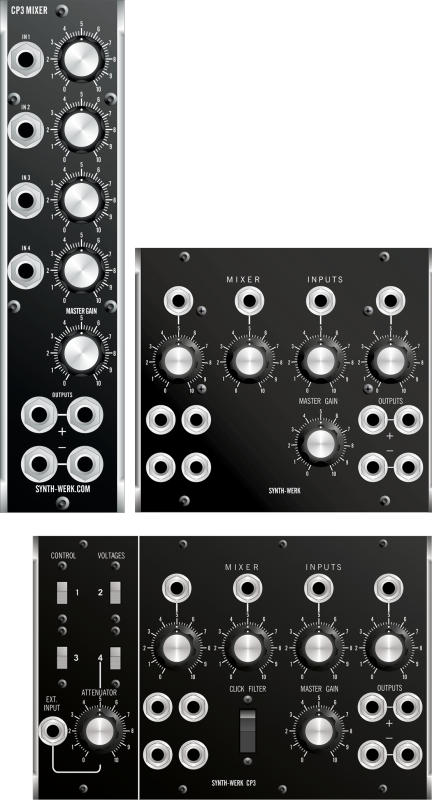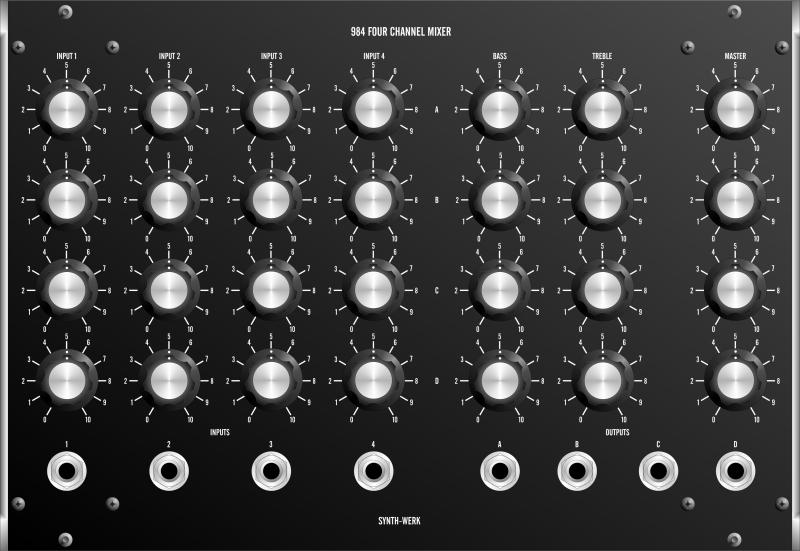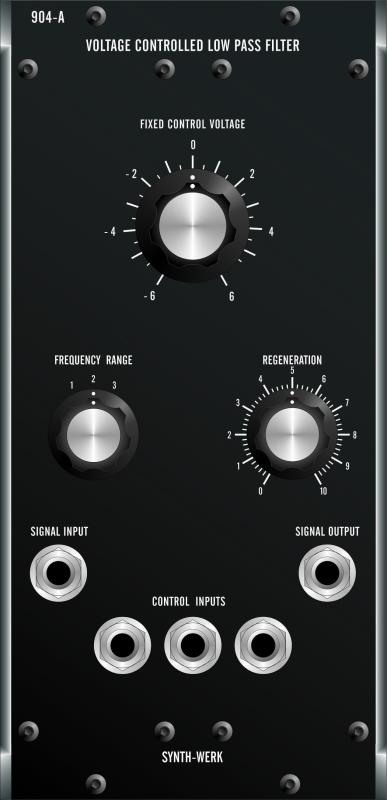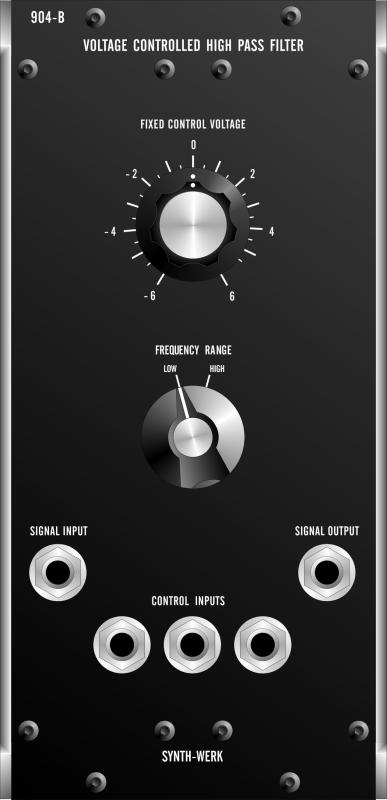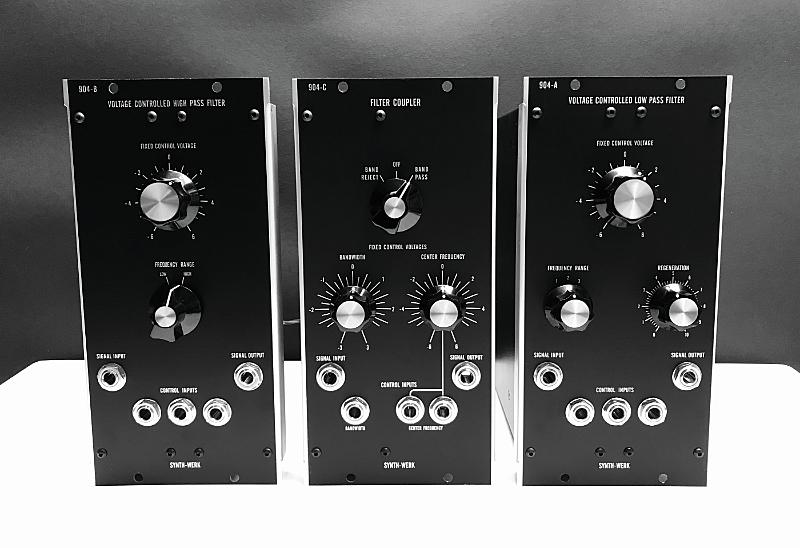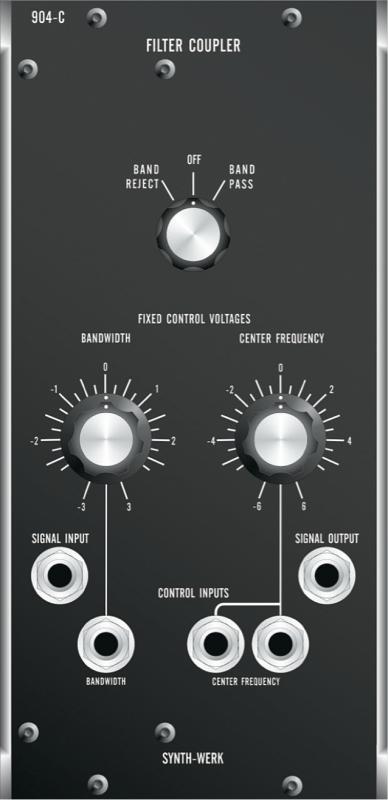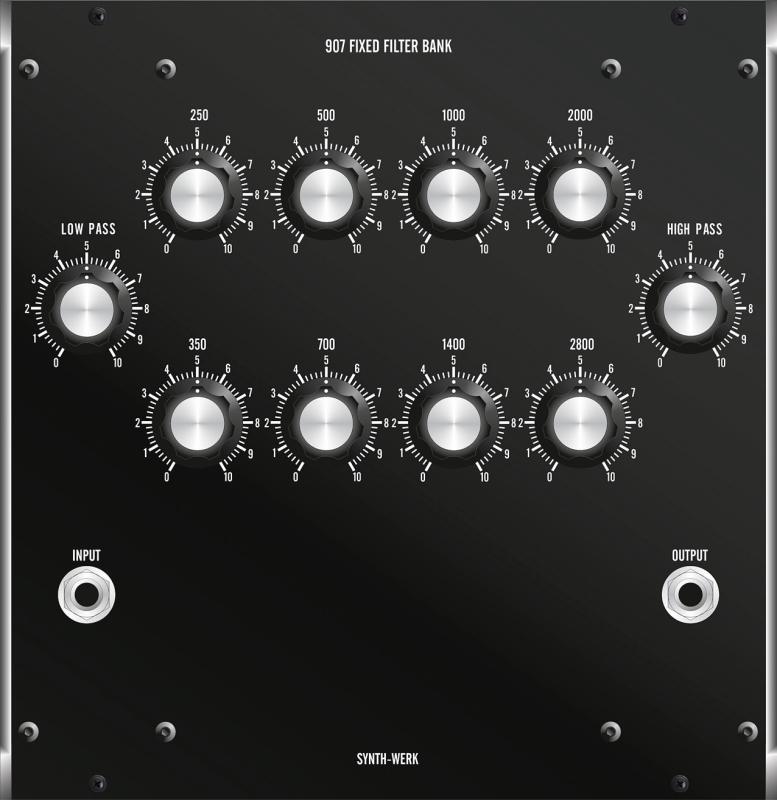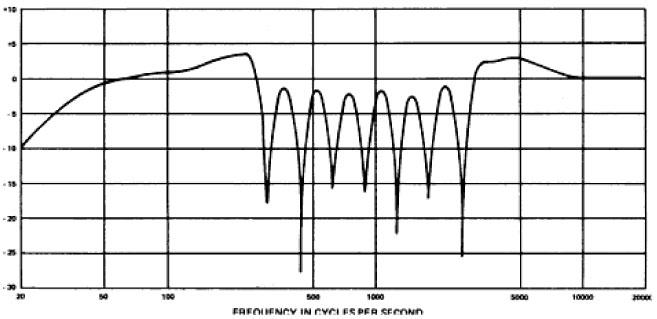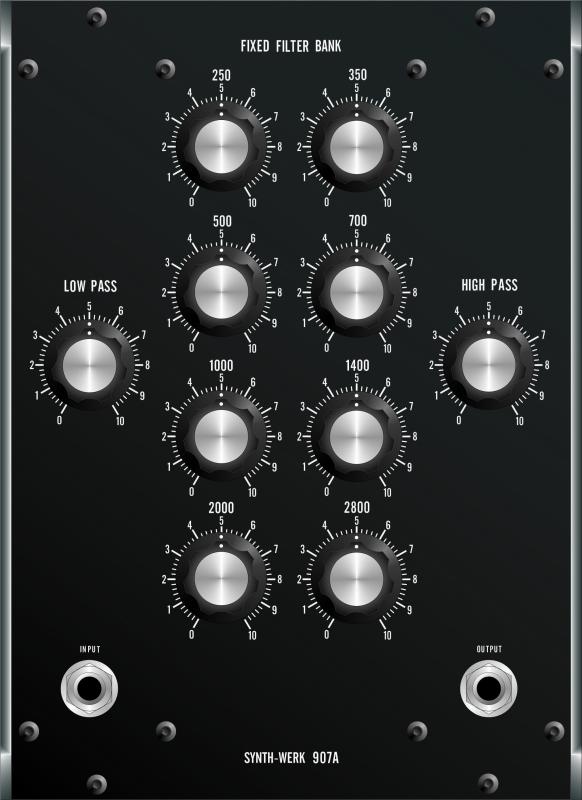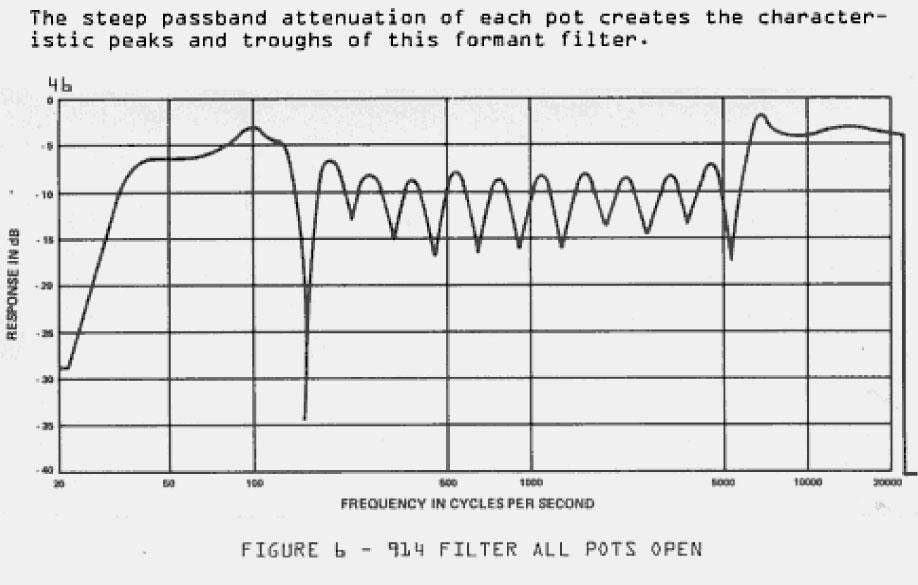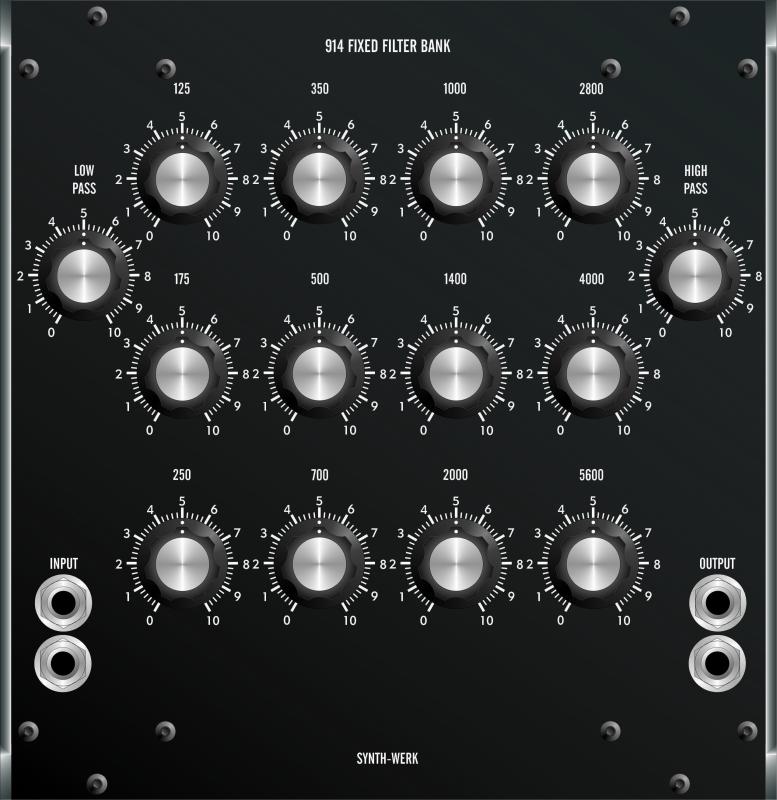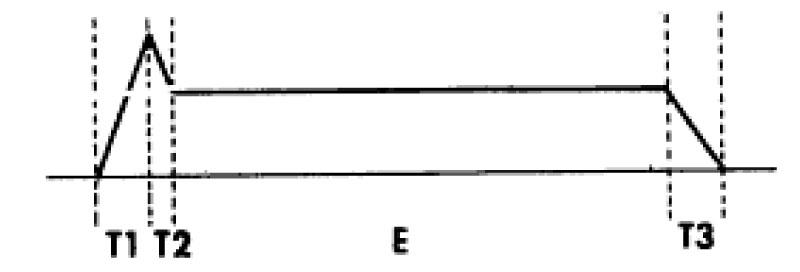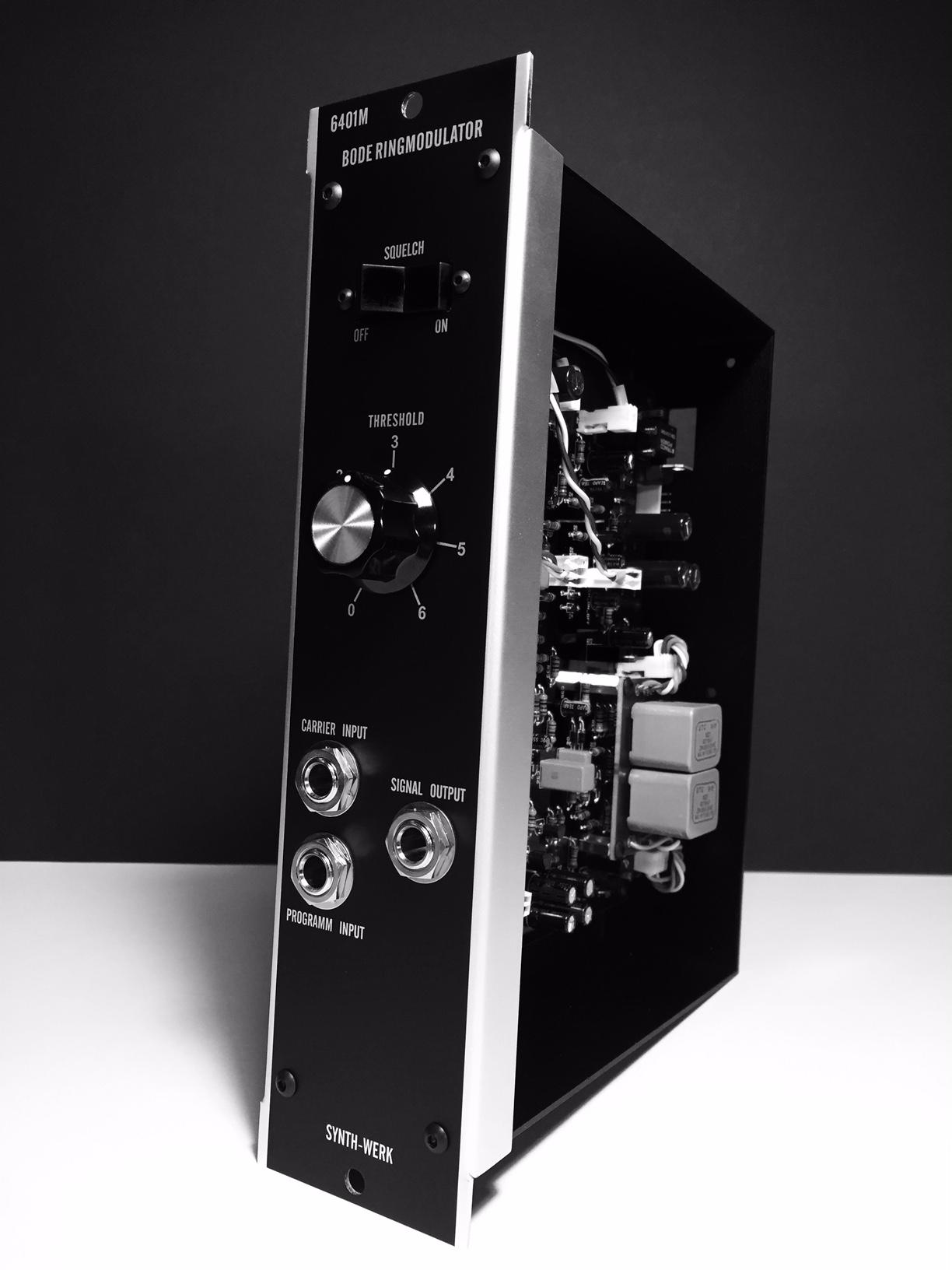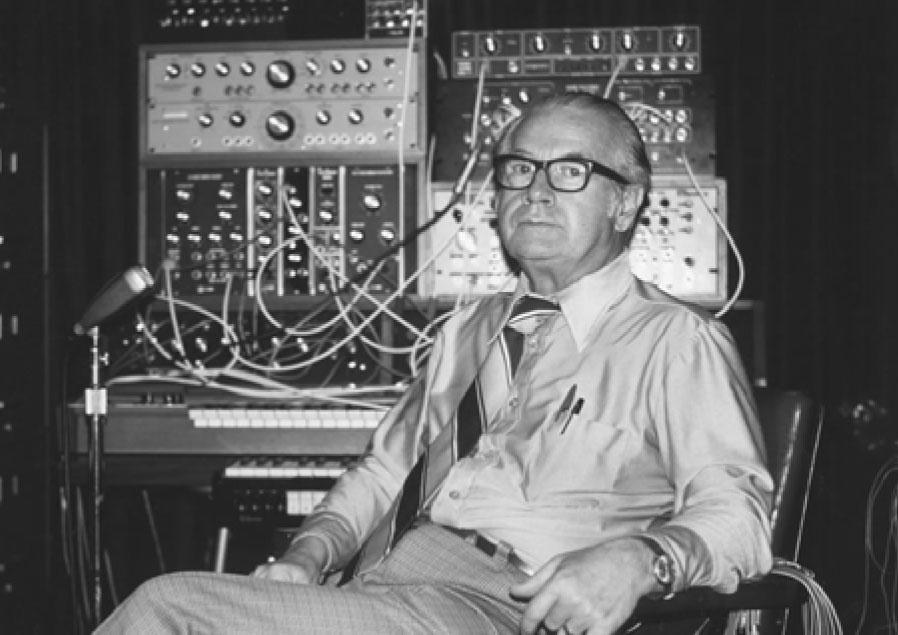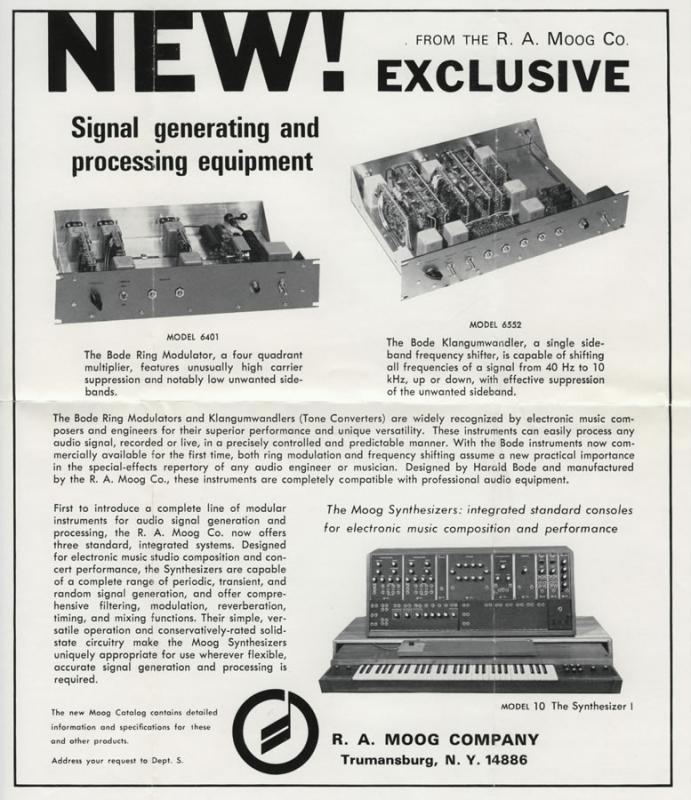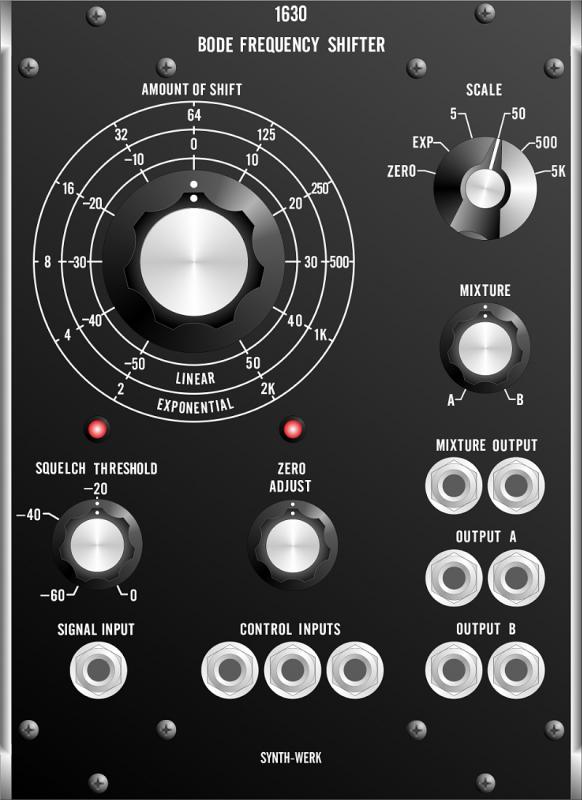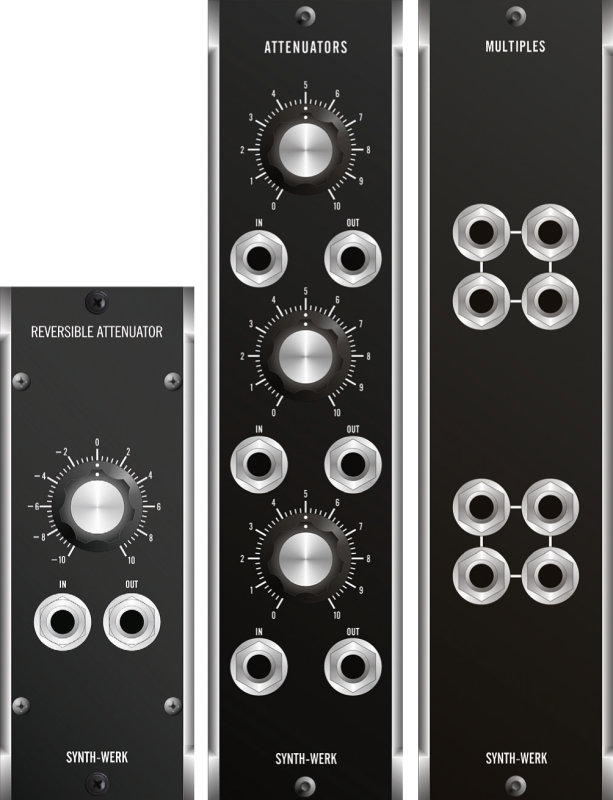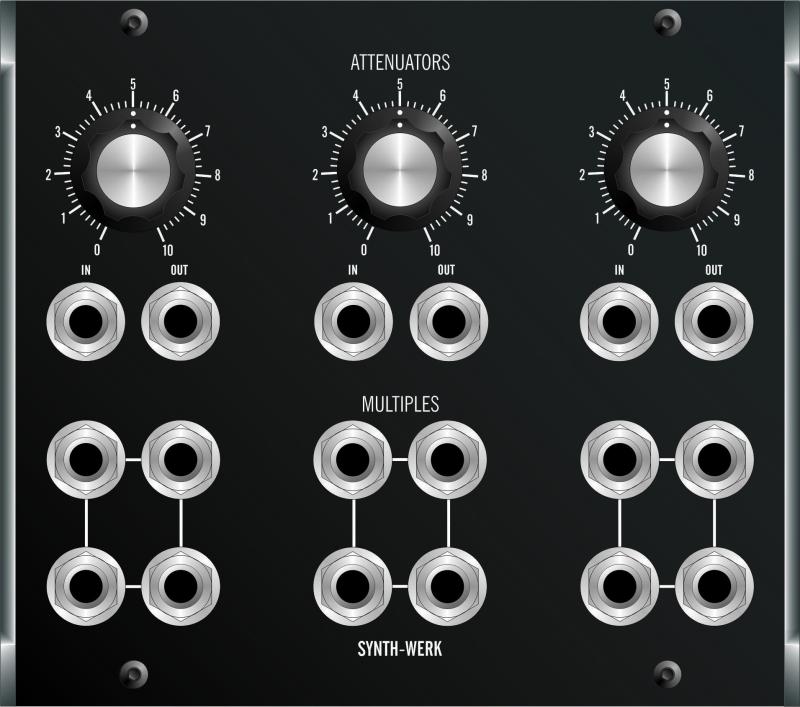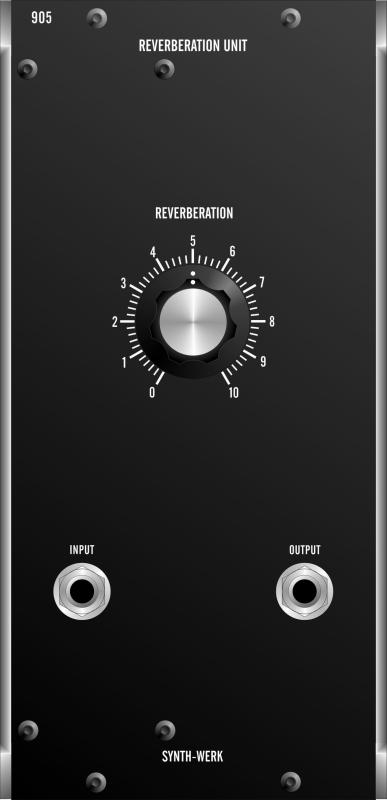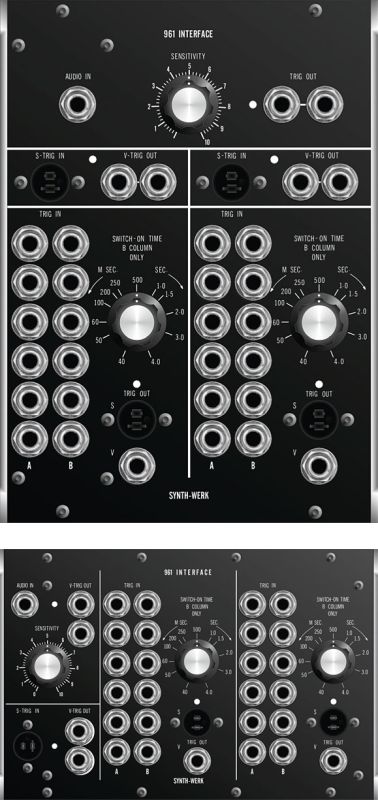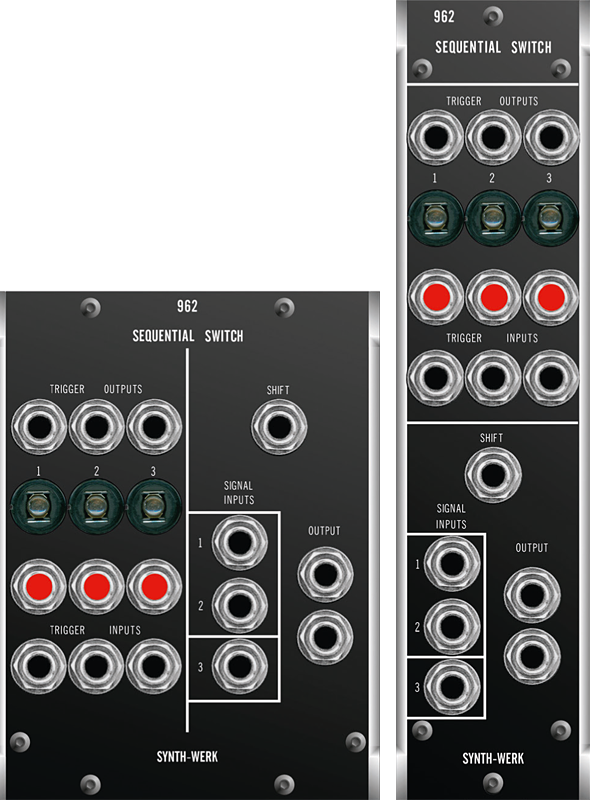Harald Bode
Harald Bode was born in 1909 in Hamburg, Germany. At the age of 18 he lost his parents and started studying, and graduated from the University of Hamburg in 1934. In 1935, he began his pioneering work in the field of electronic musical instruments, and with funding support provided by Christian Warnke, his earliest work was completed in 1937. Warbo Formant Organ, an archetype of today’s polyphonic synthesizer, was a four voice key-assignment keyboard with two formant filters and dynamic envelope controller. Eventually it went into commercial production by a factory in Germany, and it became one of the earliest polyphonic synthesizer products, along with Novachord by Hammond. In 1959-1960, Bode developed modular synthesizer and sound processors, and in 1961, he wrote a paper exploring the advantages of newly emerging transistor technology over older vacuum tube devices; also he served as AES session chairman on music and electronic for the fall conventions in 1962 and 1964; after then, his ideas were adopted by Robert Moog, Donald Buchla and others. After retiring from the chief engineer of Bell Aerospace in 1974, he composed TV-advertising spots and gave live concerts. Also in 1977, Harald was invited as a chief engineer of the Norlin/Moog Music after Robert Moog left. He died in New York, NY, United States 1987.
